Last week’s Mystery Photograph only produced a few guesses from our readers - did we leave you stumped? The photograph was taken at Dunkerton pumping station, part of the Somerset Coal Canal.
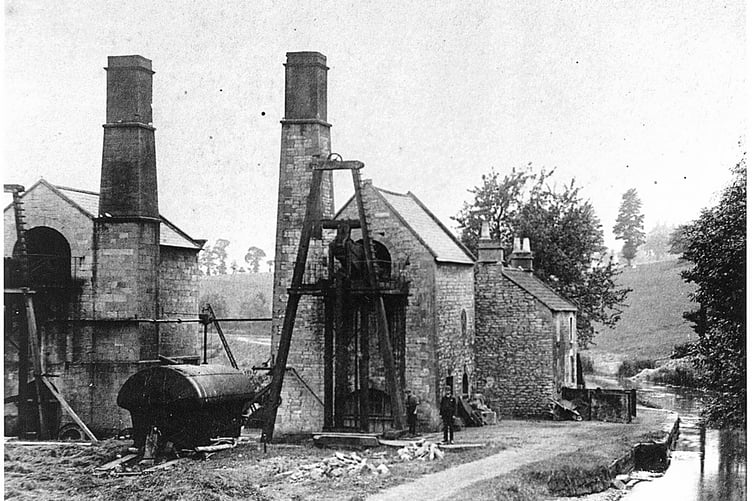
Thank you to the following readers who sent in their correct guesses:
Richard Edwards, Paul Hancock and David Young.
Congratulations also go to Dave Seddon, who guessed Dunkerton correctly and said: “I believe these are the pumping engines at which used to maintain the water levels in the Somerset Coal Canal.”
Dave is absolutely correct in saying this. In case you didn’t know, the Somerset Coal Canal opened in April 1794 to make coal transportation methods cheaper, as suggested by the owners of the North Somerset coalfields, who were transporting their fuel to Bath and surrounding areas. Prior to this, the mine owners were having to use pack horses as a means of transportation, meaning limited quantities of coal could be taken at a time.
Coalfield owners decided that canal was to have two branches with connecting tram roads to access pits in the Radstock and Timsbury areas. The Dunkerton pumping station sat on the main (northern) branch, which was 10 miles long and ran from the Dundas Aqueduct, Monkton Combe to the Paulton and Timsbury basins. The southern branch was connected at Midford, running through the Wellow valley and terminating at Radstock.
By 1801 most of the waterways were complete, and despite the lack of water on the southern branch leading to its closure in 1814, the canal was one of the most profitable in the country.
If you have an image you think could be suitable for our weekly feature, please do get in touch via email: [email protected].
Thanks once again to Radstock Museum for our current supply of Mystery Photographs. Do you know where this weeks’ picture was taken? Submit your answers by calling 01761 258030 or by emailing [email protected].
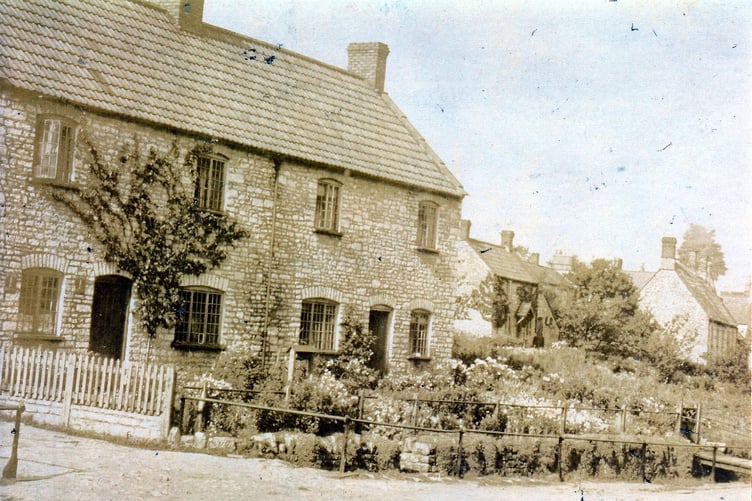
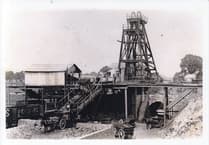
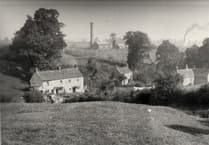
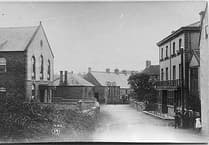
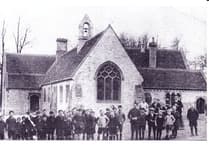
Comments
This article has no comments yet. Be the first to leave a comment.